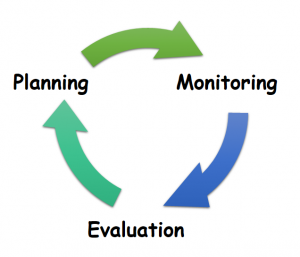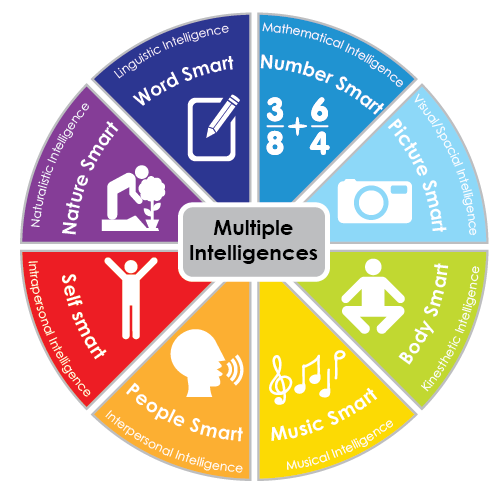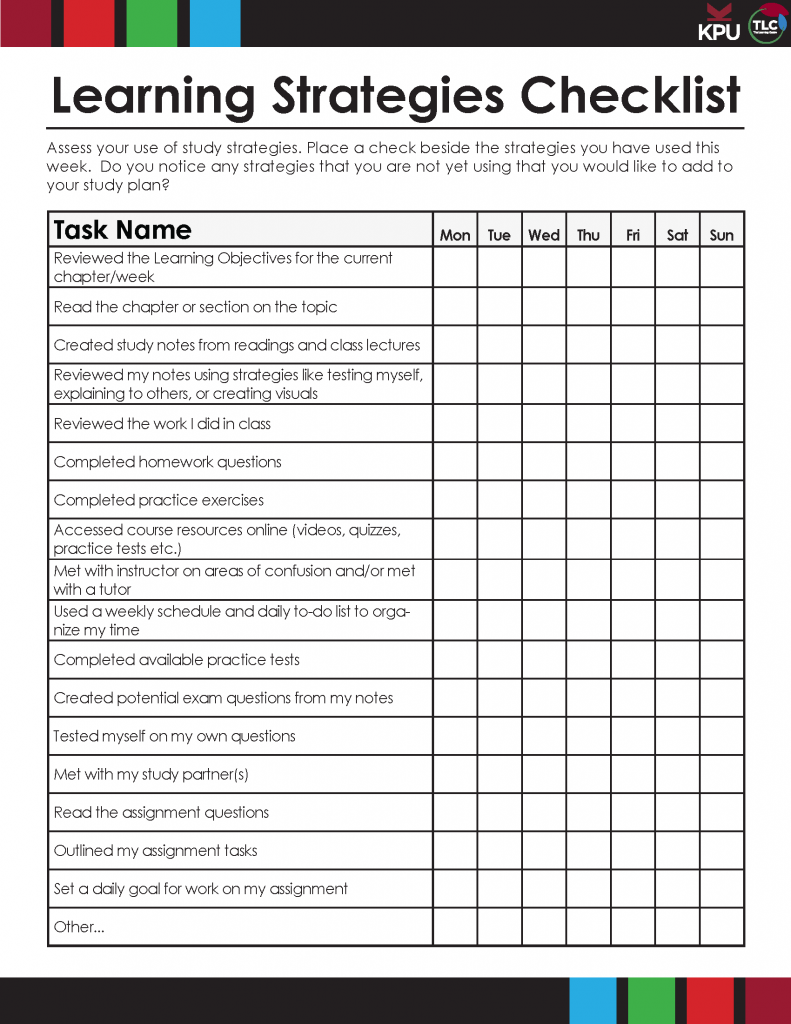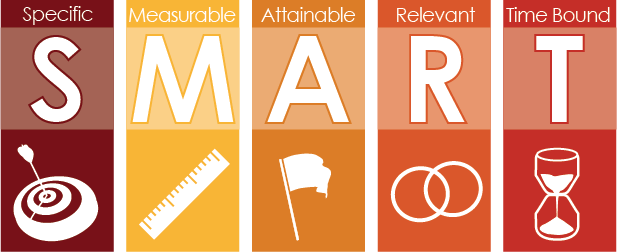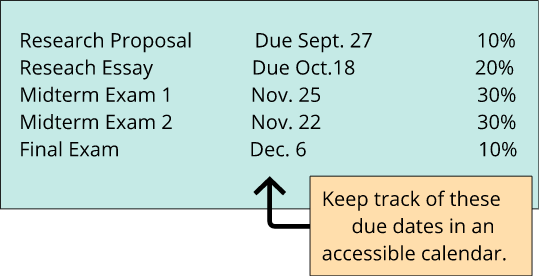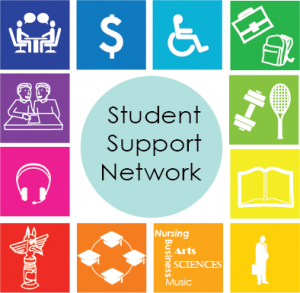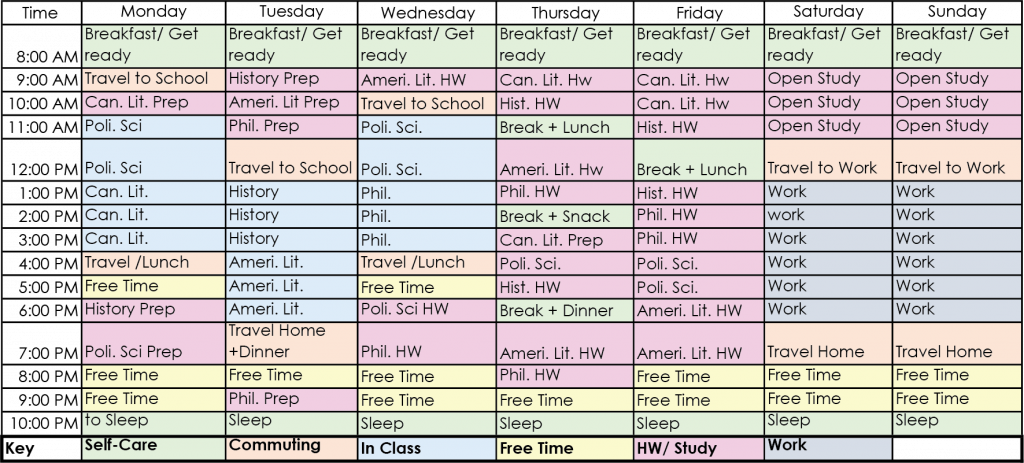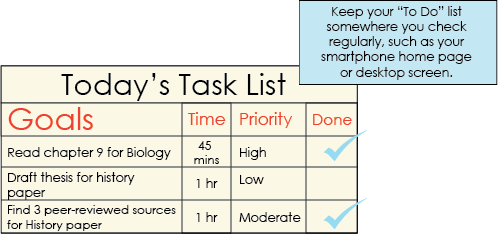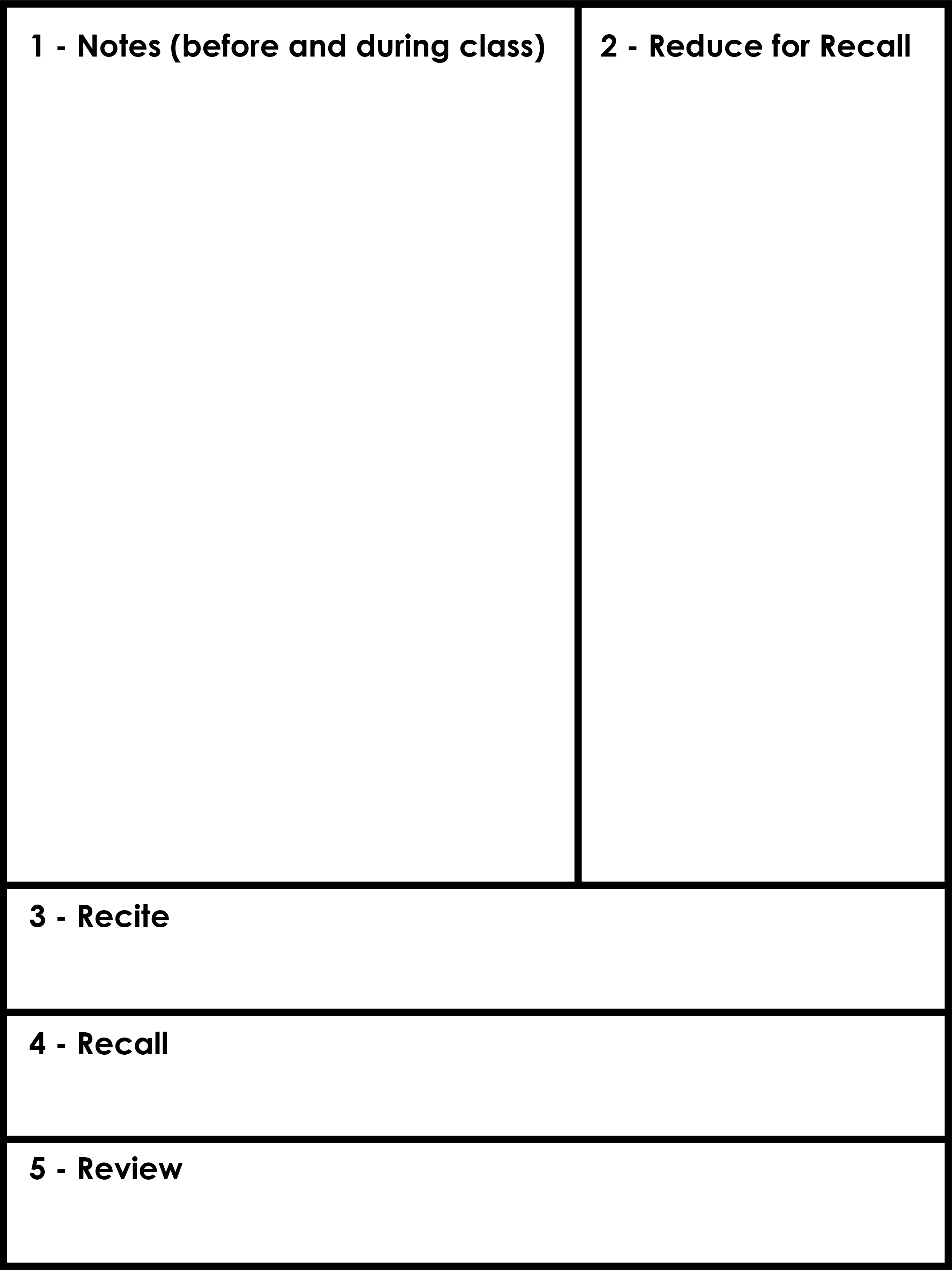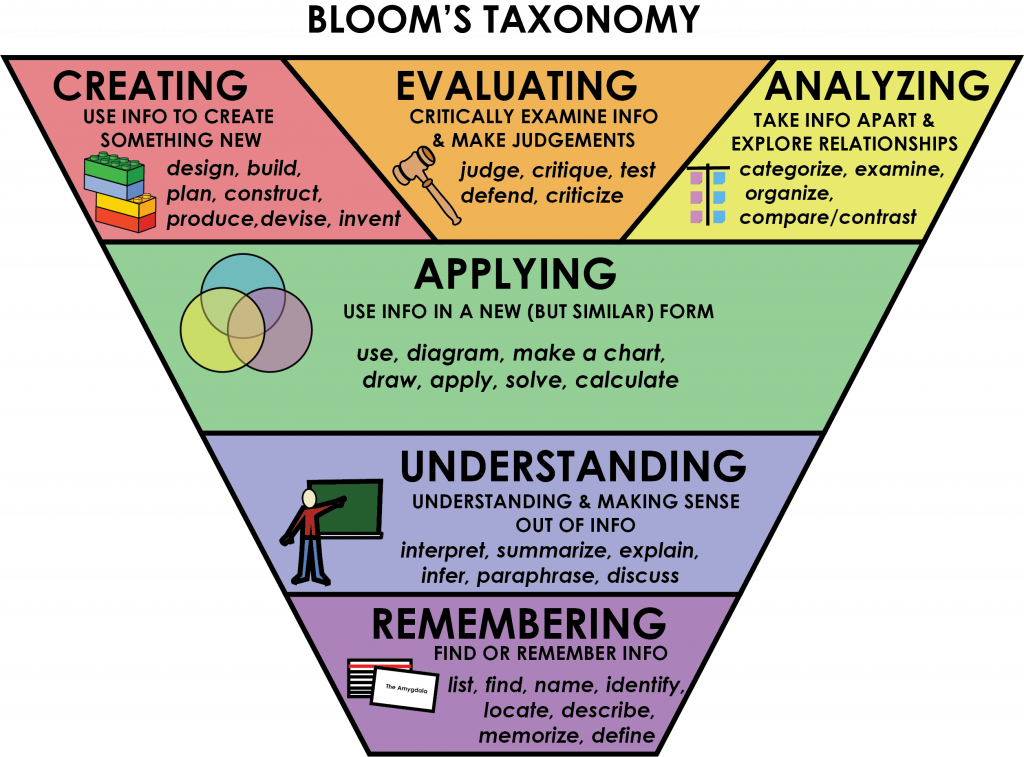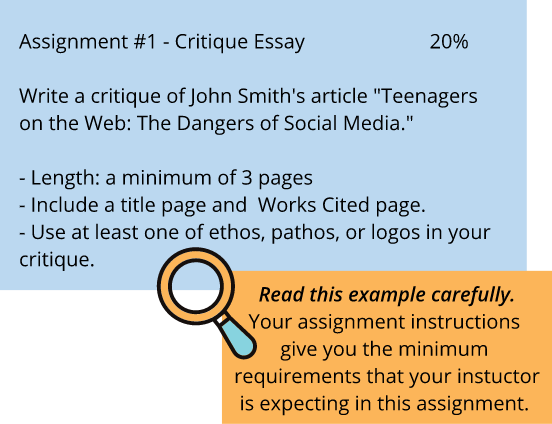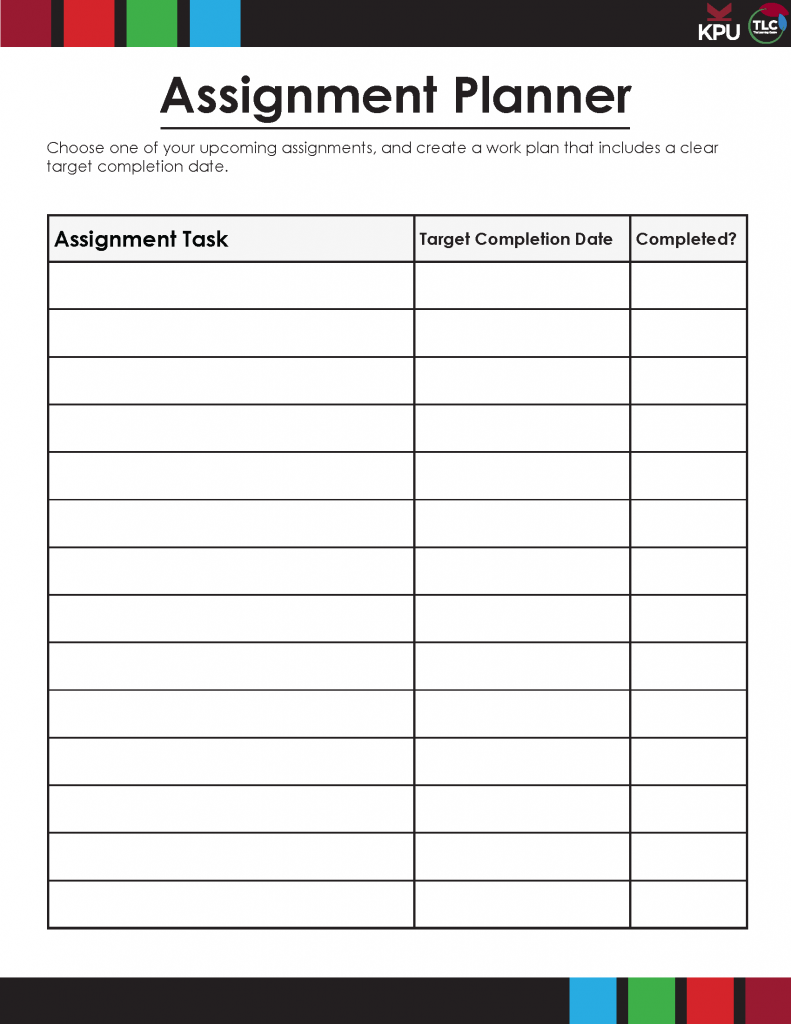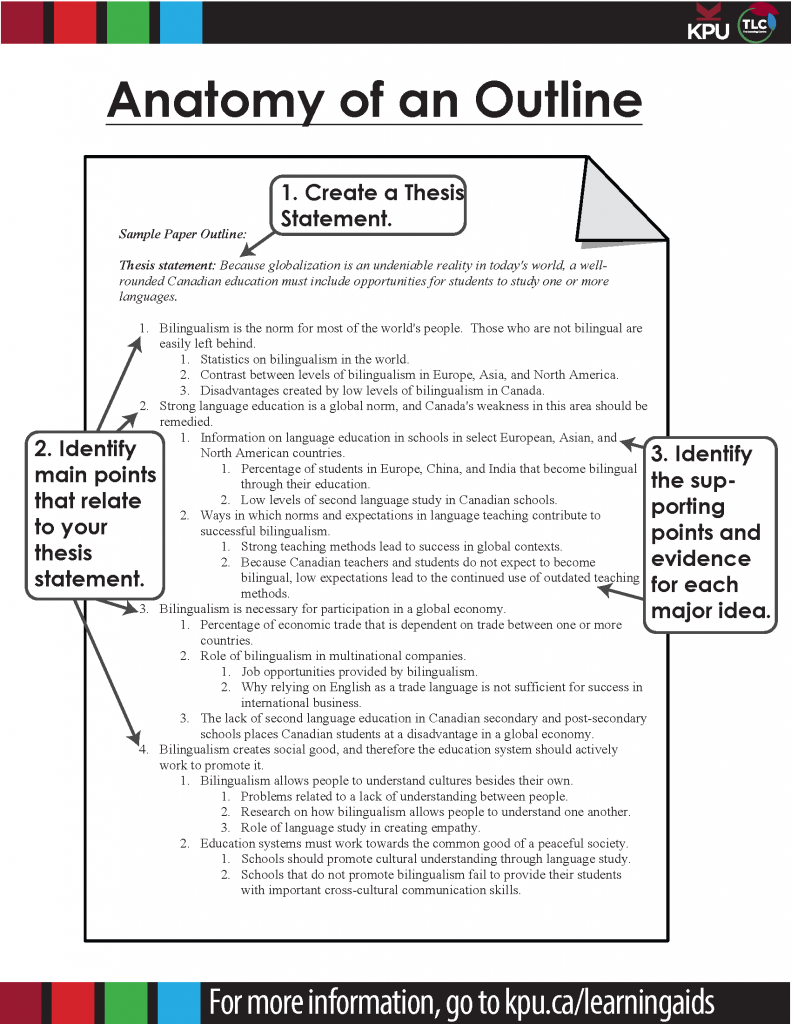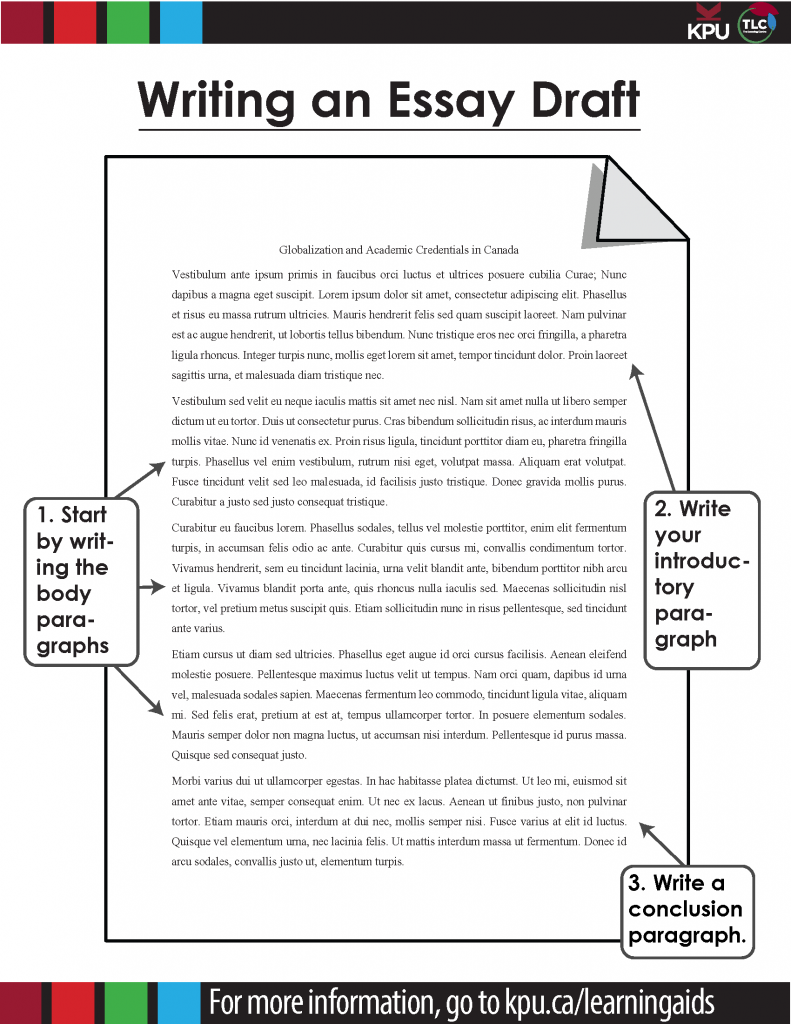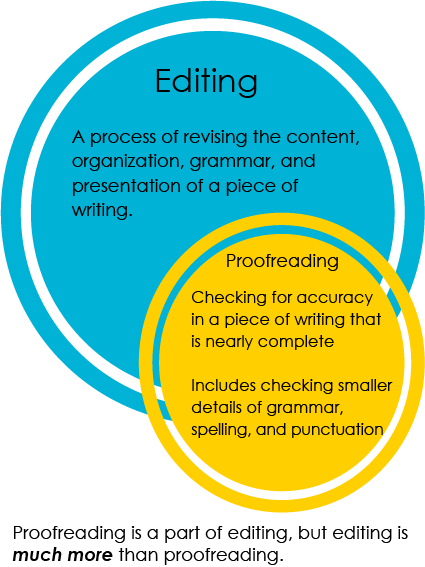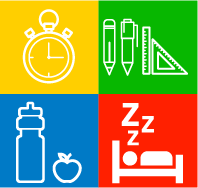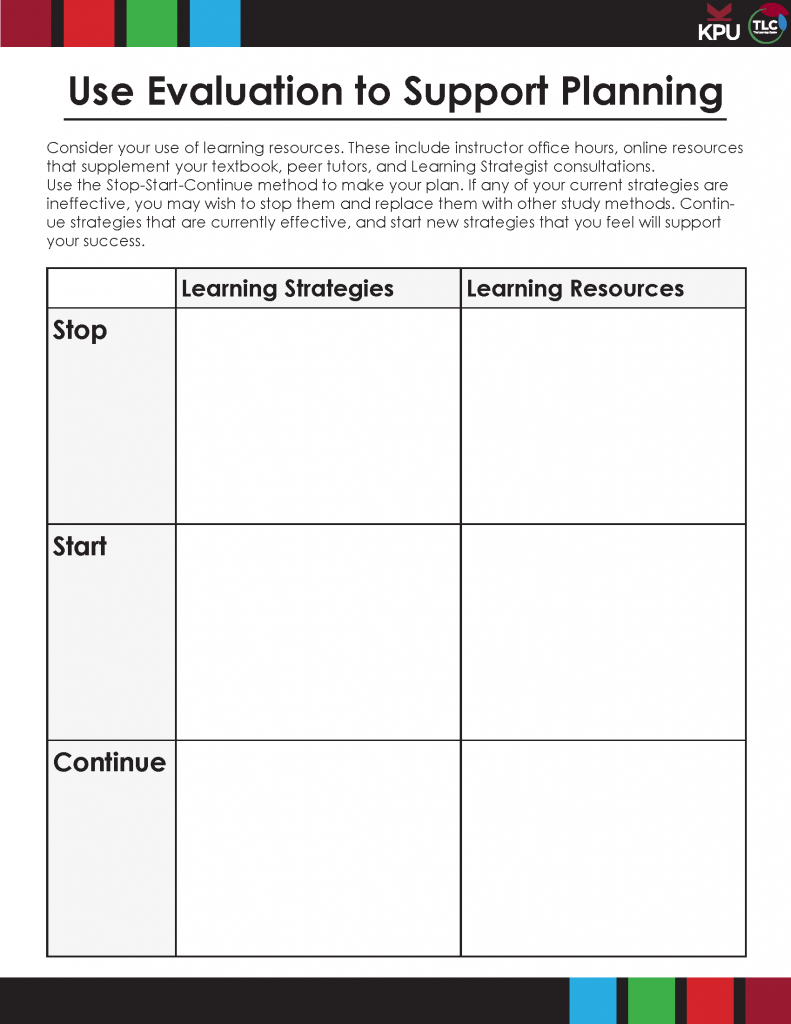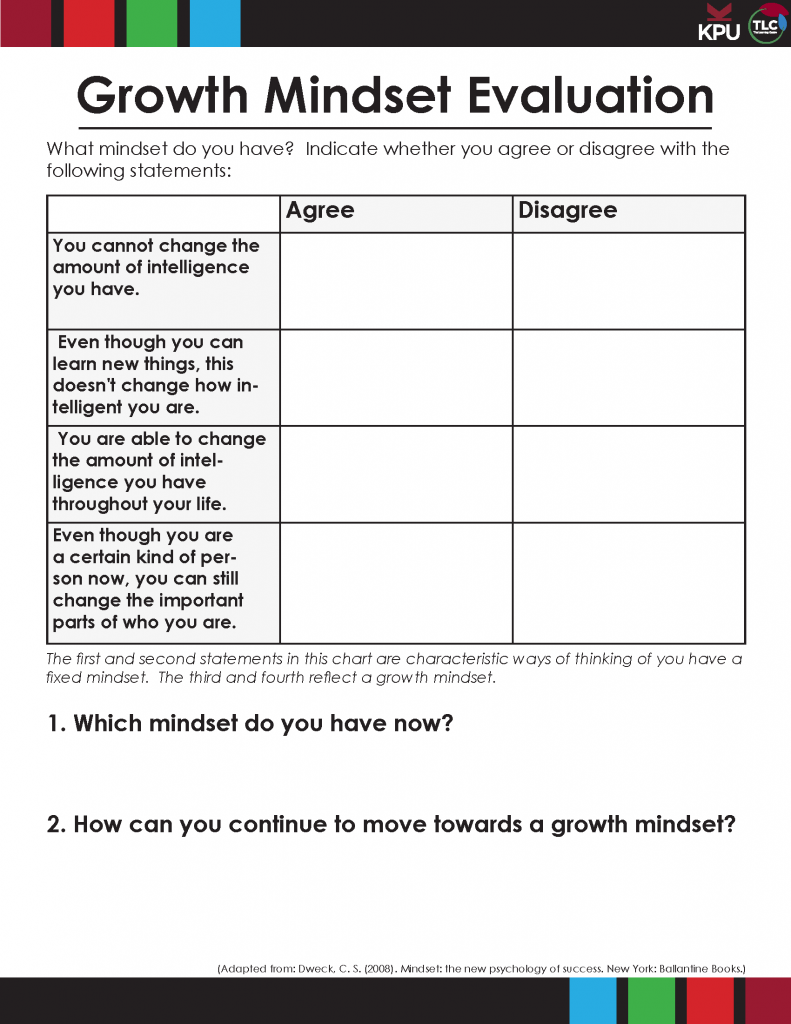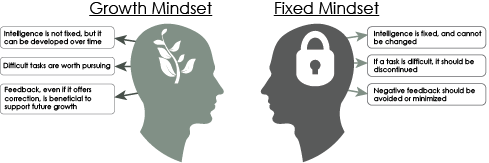Anderson, L. W., & Krathwohl, D. (Eds.). (2001). A taxonomy for learning, teaching, and assessing: A revision of Bloom’s taxonomy of educational objectives. New York: Longman. ↵
Armstrong, T. (2017, May). Multiple intelligences in the higher education classroom. Keynote presentation presented at the Learning Specialists Association of Canada National Conference, Montreal, QC. ↵
Bloom, B., Englehart, M. Furst, E., Hill, W., & Krathwohl, D. (1956). Taxonomy of educational objectives: The classification of educational goals. Handbook I: Cognitive domain. New York, Toronto: Longmans, Green. ↵
Buzan, T. (n.d.). What is a mind map? Retrieved from http://www.tonybuzan.com/about/mind-mapping
Chen, P., Chavez, O., Ong, D. C., & Gunderson, B. (2017). Strategic resource use for learning: A self-administered intervention that guides self-reflection on effective resource use enhances academic performance. Psychological Science, 28(6), 774–785. https://doi.org/10.1177/0956797617696456
Chick, N. (2017). Metacognition. Retrieved August 31, 2017, from https://wp0.vanderbilt.edu/cft/guides-sub-pages/metacognition/ ↵
Dubuc, B. (2002). Memory and learning. Retrieved March 12, 2018, from http://thebrain.mcgill.ca/flash/a/a_07/a_07_p/a_07_p_tra/a_07_p_tra.html ↵
Doran, G.T. (1981) There’s a S.M.A.R.T. way to write management’s goals and objectives. Management Review 70 (11): 35–36.
Dunlosky, J., Rawson, K. A., Marsh, E. J., Nathan, M. J., & Willingham, D. T. (2013). Improving students’ learning with effective learning techniques: Promising directions from cognitive and educational psychology. Psychological Science in the Public Interest, 14(1), 4–58. https://doi.org/10.1177/1529100612453266 ↵
Dweck, C. S. (2008). Mindset: the new psychology of success. New York: Ballantine Books. ↵
Kwantlen Polytechnic University Learning Centres. (n.d.). Learning with your mutiple intelligences. Retrieved from https://www.kpu.ca/sites/default/files/Learning%20Centres/Study_MultipleIntelligences_LA.pdf ↵
Locke, E. A. (1968) Toward a theory of task motivation and incentives. Organizational Behavior and Human Performance 3 (2): 157
McMaster University. (2005). What questions engage students? Retrieved April 23, 2018, from http://cll.mcmaster.ca/resources/pdf/what_questions_engage_students.pdf
Michael, J. (2006). Where’s the evidence that active learning works? Advances in Physiology Education, 30(4), 159-167. https://doi.org/10.1152/advan.00053.2006 ↵
MindTools Content Team. (n.d.). Introduction to memory techniques. Retrieved from https://www.mindtools.com/memory.html ↵
Oppenheimer, D. (2017, January). On Noteworthy Notes: Not All Note Taking is Created Equal. Webinar presented at the Learning Specialists Association of Canada.
Oregon State University Academic Success Centre. (n.d.) Six Reasons People Procrastinate. Retrieved from success.oregonstate.edu/six-reasons-people-procrastinate ↵
Paunesku, D., Walton, G. M., Romero, C., Smith, E. N., Yeager, D. S., & Dweck, C. S. (2015). Mind-set interventions are a scalable treatment for academic underachievement. Psychological Science, 26(6), 784–793. https://doi.org/10.1177/0956797615571017 ↵
Robinson, Francis Pleasant (1978). Effective Study (6th ed.). New York: Harper & Row. ↵
Salustri, F. (2015). Four levels of questions. Retrieved April 23, 2018, from http://deseng.ryerson.ca/dokuwiki/design:four_levels_of_questions
Steel, P. (2007). The nature of procrastination: A meta-analytic and theoretical review of quintessential self-regulatory failure. Psychological Bulletin, 133, 65-94. http://dx.doi.org/10.1037/0033-2909.133.1.65 ↵
Study Guides and Strategies. (n.d.). Influencing teachers and improving classroom communication skills. Retrieved from http://www.studygs.net/attmot2.htm ↵
Study Guides and Strategies. (n.d.). Multiple choice tests. Retrieved from http://www.studygs.net/tsttak3.htm
Tanner, K. D. (2012). Promoting student metacognition. Cell Biology Education, 11(2), 113–120. https://doi.org/10.1187/cbe.12-03-0033 ↵
University of Toronto (2002).Tips for success: Mastering multiple-choice tests. Retrieved from http://bio150.chass.utoronto.ca/tips/testtips.htm ↵
UNSW Sydney. (n.d.). Growth mindset. Retrieved from https://student.unsw.edu.au/growth-mindset ↵
Whitehead, J., Fraenkel, C., Yu, E., & Van Der Mark, A. (2017, February 1). Memory. Retrieved from http://etec.ctlt.ubc.ca/510wiki/index.php?title=Memory&oldid=63689 ↵
Yeager, D. S., & Dweck, C. S. (2012). Mindsets that promote resilience: When students believe that personal characteristics can be developed. Educational Psychologist, 47(4), 302–314. https://doi.org/10.1080/00461520.2012.722805 ↵

 Welcome to university! Whether this is your first time in post-secondary education, or whether you are returning to studies, you’re arriving with some goals you want to achieve. Perhaps you are taking a focused program to lead you into your desired career. Perhaps you are exploring courses in different areas, providing a foundation for future specialization. Wherever you are in your journey, you find yourself in a learning environment that is different from one you have experienced before.
Welcome to university! Whether this is your first time in post-secondary education, or whether you are returning to studies, you’re arriving with some goals you want to achieve. Perhaps you are taking a focused program to lead you into your desired career. Perhaps you are exploring courses in different areas, providing a foundation for future specialization. Wherever you are in your journey, you find yourself in a learning environment that is different from one you have experienced before.